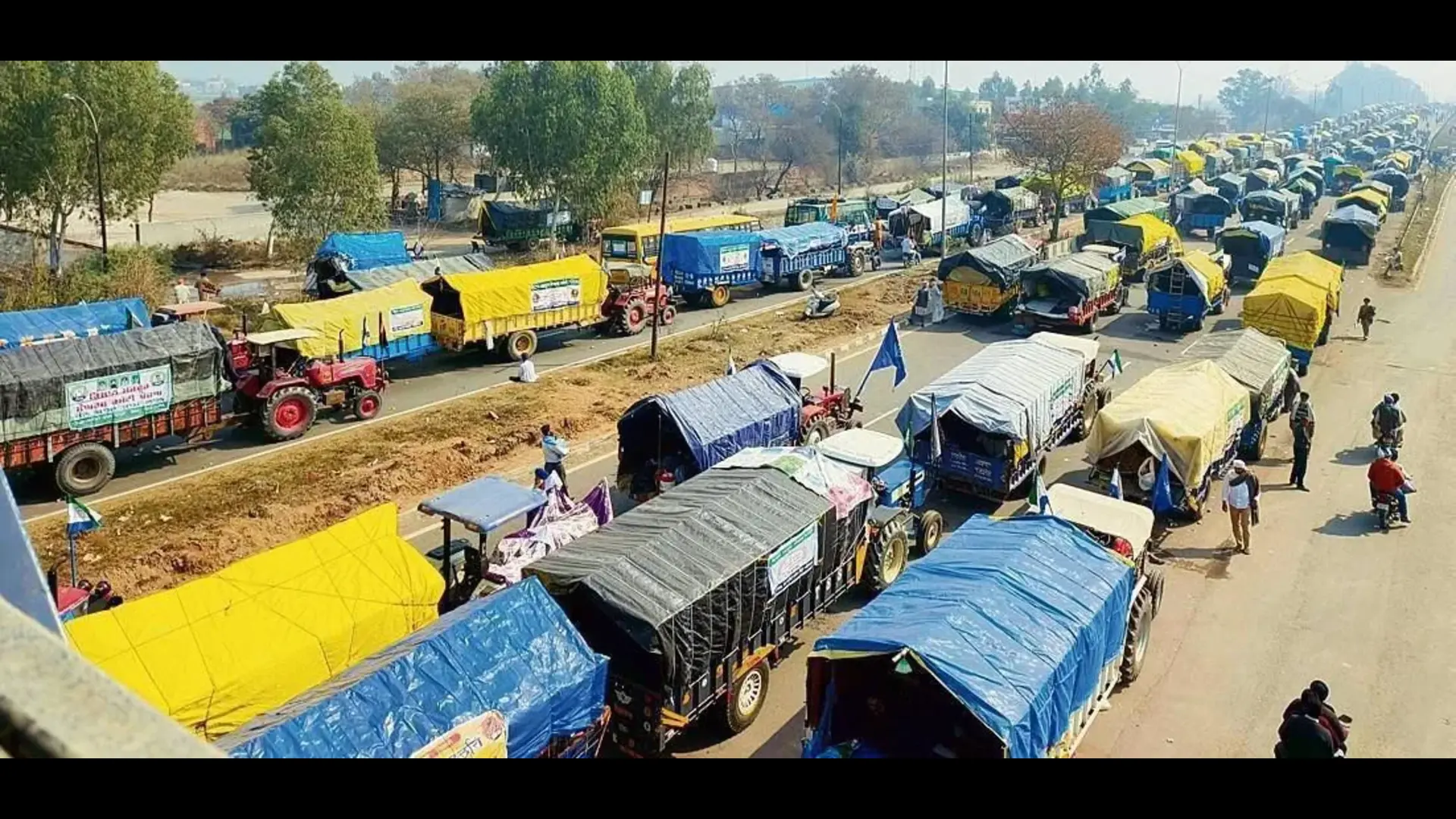Democracy evolves and deepens when people get multiple political choices in electoral politics. As we know, the lifeline of democracy is elections which elect the government. The democratically elected government ensures democratic distribution of developmental resources in the country.
In the politics of election, multiplicity of choices provides us multiple alternatives of politics. In India we have 6 national parties,57 state parties and 2597 unrecognised parties as per the data provided by national election commission in India.In the electoral politics either in national or assembly election with bigger political parties, small political parties also play important role.
In the politics of Uttar Pradesh ,the small political parties such as Aparna dal, Aparna Dal (kamerawadi), peace party of India, Janaka Dal- Loktantrik , Suhaldeo Bhartiya Samaj Party, etc. emerge as important player in various National and assembly election.
In the state of Haryana, the parties like Sarvhit Party, Haryana Janhit Congress and in the state of Bihar the smaller regional parties Samata Party, Hindustan Awam Morcha, Jan Adhikari Party, Vikassheel Insan Party ,Lok Jan Shakti Party and Rashtriya Lok Jan Shakti Party play a vital role in various elections.
Here I am going to discuss how these smaller political parties emerge? What is their genesis and how they affect election? Most of these political parties are basically ‘one face centred political party’. It means most of them evolve around a regional politician of the state. Secondly, they develop themselves as party of the leader’s family which may be called dynastic political party.
If we analyse the making of Aparna Dal -both the fractions, emerged around both the daughter of Aparna Dal leaders late Sone Lal Patel- Anupriya Patel and Pallavi Patel. Suheldeo Bhartiya Samaj Party formed around its leader Om Prakash Rajbhar which projected his son Arvind Rajbhar as his political successor.
In Bihar as we Hindustan Awam Morcha (HAM) is the Jeetan Ram Manjhi centred party which also projected his son Santosh Suman as second level of leadership in his party.However its interesting to document here that most of these political parties mostly use primordial identities such as caste ,creeds, religious and regional identities. In the case Alana Dal – both the fractions try to acquire their political and electoral value based on their own caste Kurmi and its various sub castes. Hindustan Awam Morcha made its base upon Mushar caste of Bihar. The mushhar contains visible presence in certain part of Bihar.
Their number is around 250,000 in all over the Bihar. The both the fraction of Lok Janshakti Party-Lok Janshakti Party(Ram Vilas) and Rashtriya Lok Janshakti Party lead by his brother Pashupati Kumar Paras emerged on the socio-political base of late Ram vilas Paswan. Both the parties developed as family party whose texture are weaved around dynastic symbol related with Ram Vilas Paswan. These both the fractions of Lok Jan shakti Party claims their political values from the number of Dusadh caste in Bihar.
The Dusadh is dominant Dalit community in Bihar appears as second largest number of scheduled caste (SC) communities in Bihar. The Scheduled Caste (SC) comprises 15.7 percent of the entire population of Bihar, in which Dusadh contains 30.9 percent of the SC population in the state.
The peace party in Uttar Pradesh claims its influence among Muslim communities of the state. With the claim of caste and religion-based vote bank, these political parties try to expand their base by giving tickets to the leaders of other influential castes and also by forming electoral alliance with other national or state based bigger or smaller parties. So, these four features one may easily find in most of the state based smaller politics parties -a person centric, dynastic in nature, caste or religious identity-based parties, local political influence.
How these smaller parties’ function in various elections? If someone analyse the pattern of their electoral performance, one may easily understand that most of them assert their claim for the tickets in any alliance or ministerial birth for their family members or their other leaders. However, most of these political parties have no influence on the entire population of their castes or religions but they keep projecting themselves as representative of their caste or communities.
Secondly, some of them also appear as vote katawa during elections. Interestingly, these vote katawa acquires bargaining power to negotiate with both competing candidates-winnable and runner and may acquire various kinds of power, privileges and positions. They don’t do politics of majority or dominant.
They develop their politics around the proverb such as ‘small is powerful’. They represent fragment and assert the power of their fragments and claim for the transfer of vote of their caste and community to the party who is trying to evolve a winnable majority during election.
In this ongoing Parliamentary election also, some of these smaller political parties are trying to forge electoral alliance with National Democratic alliance (NDA) or I.N.D.I.A. These bigger alliances also need them to gather fragments of social groups and add them in their rainbow social alliance.






